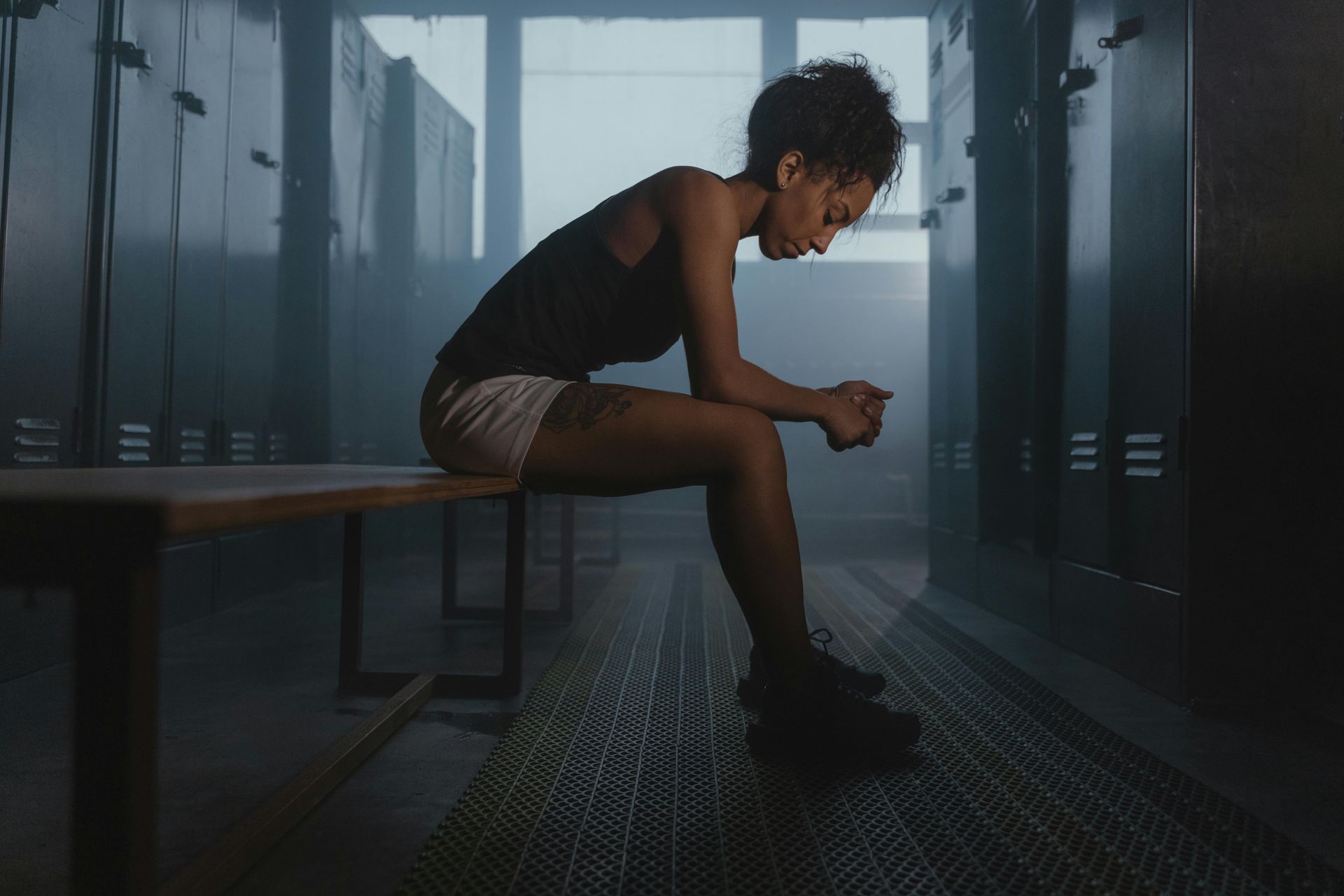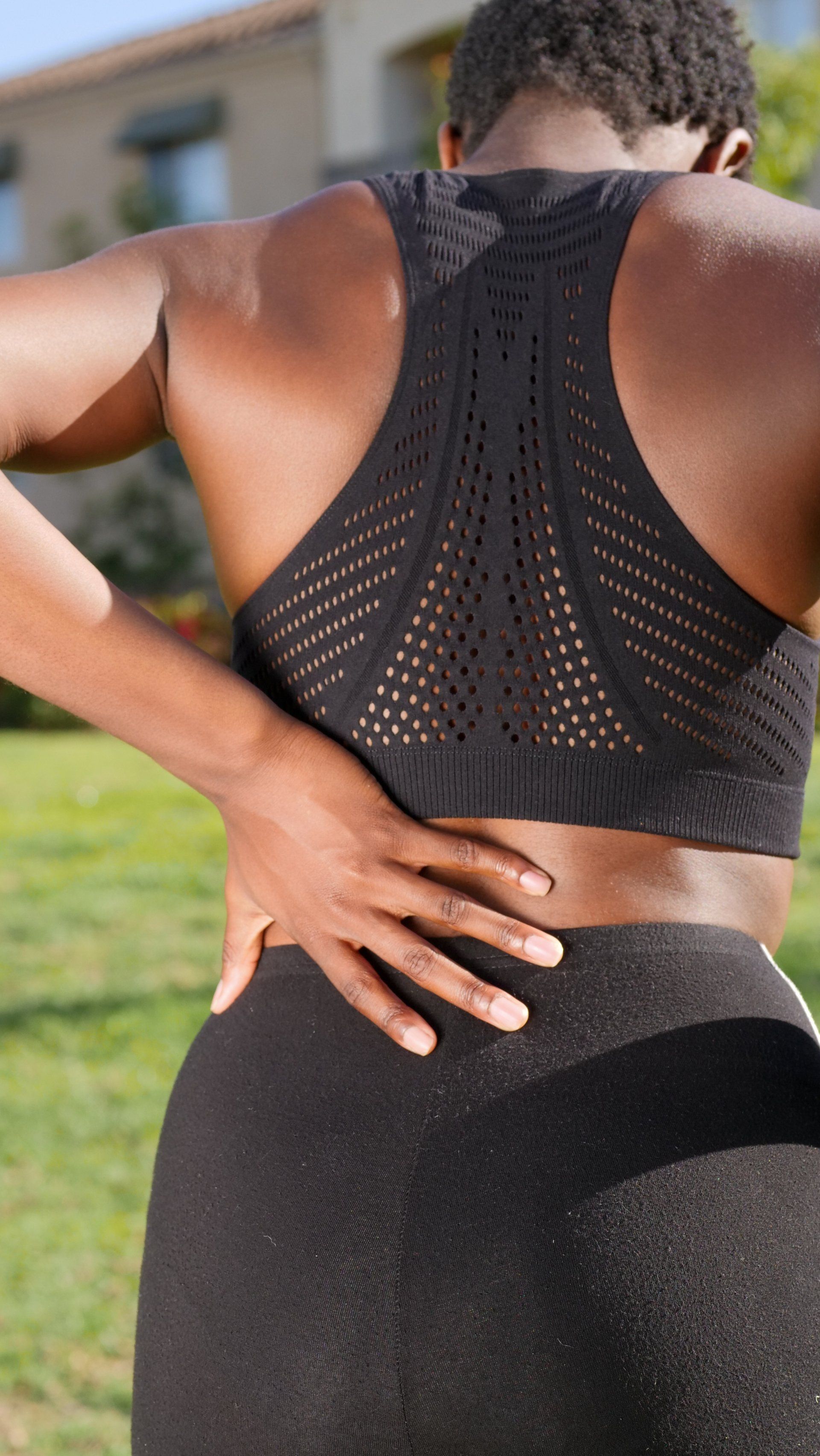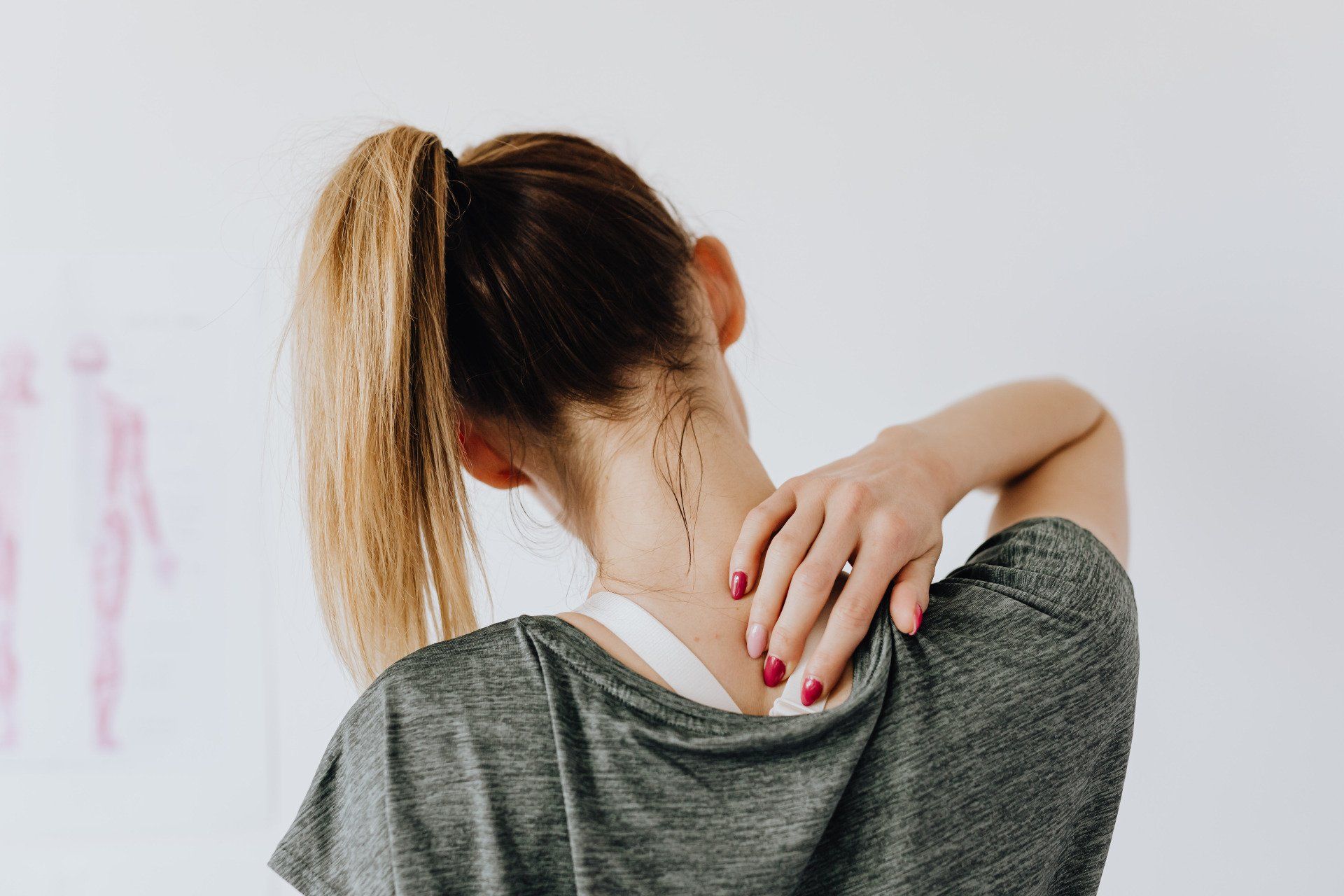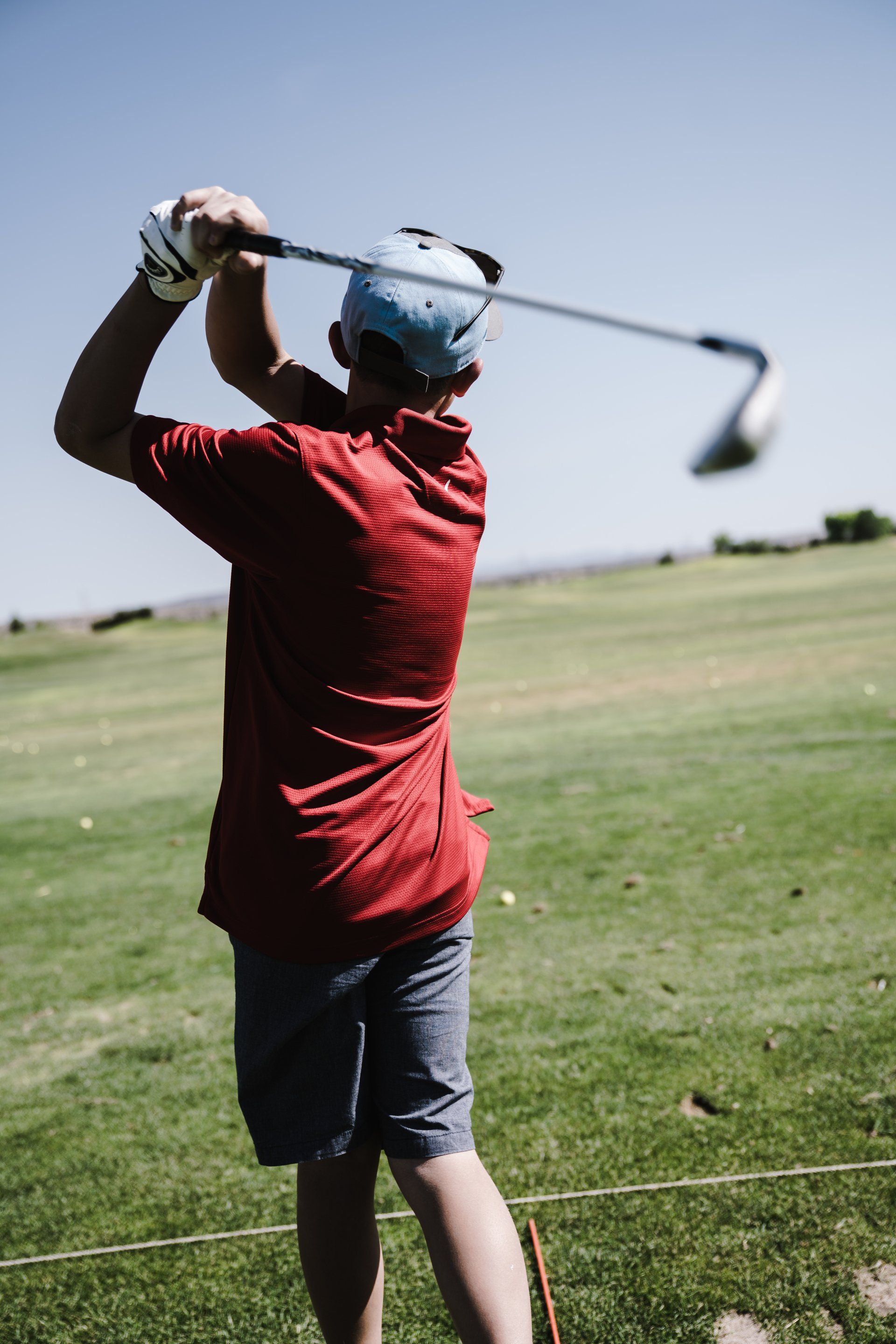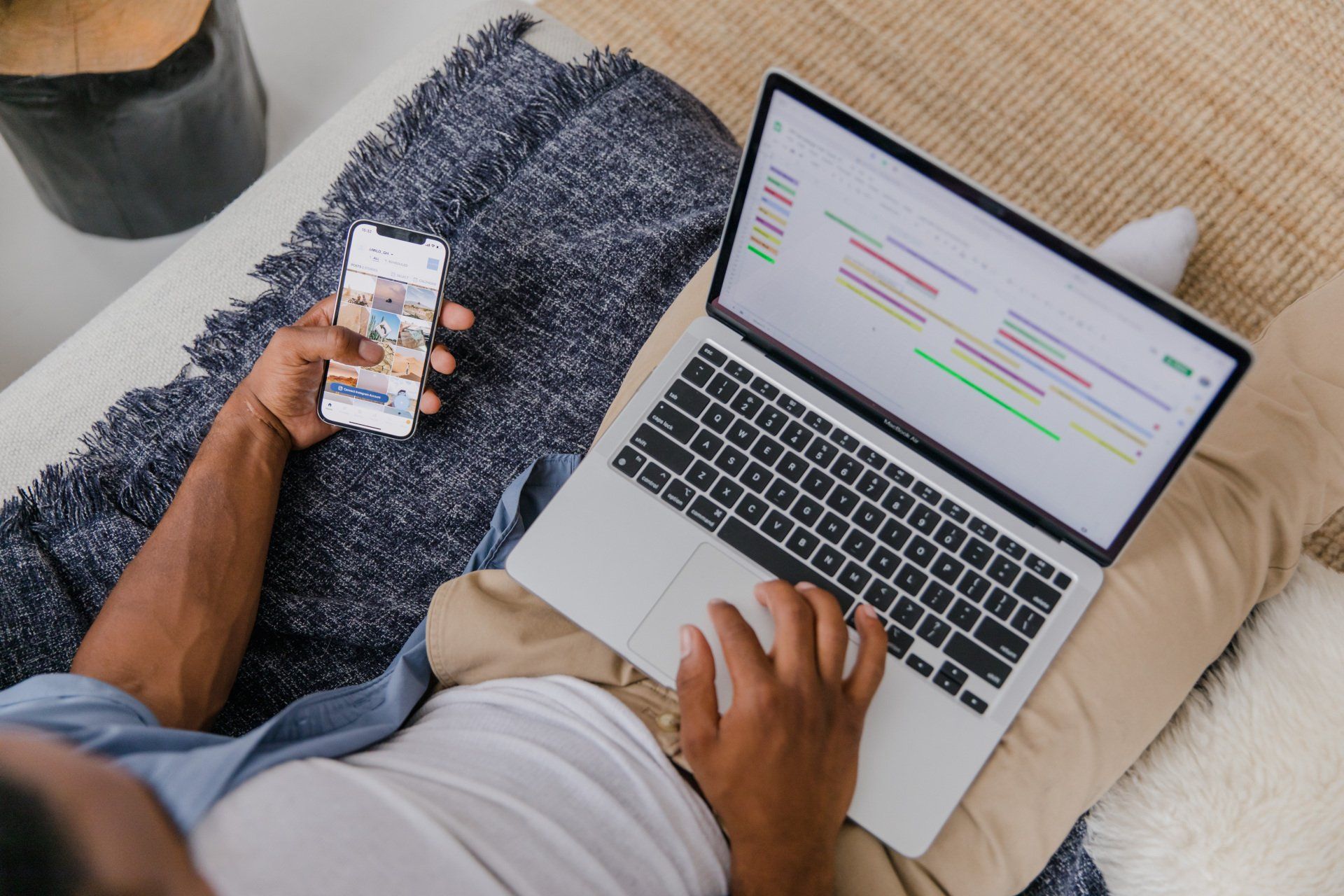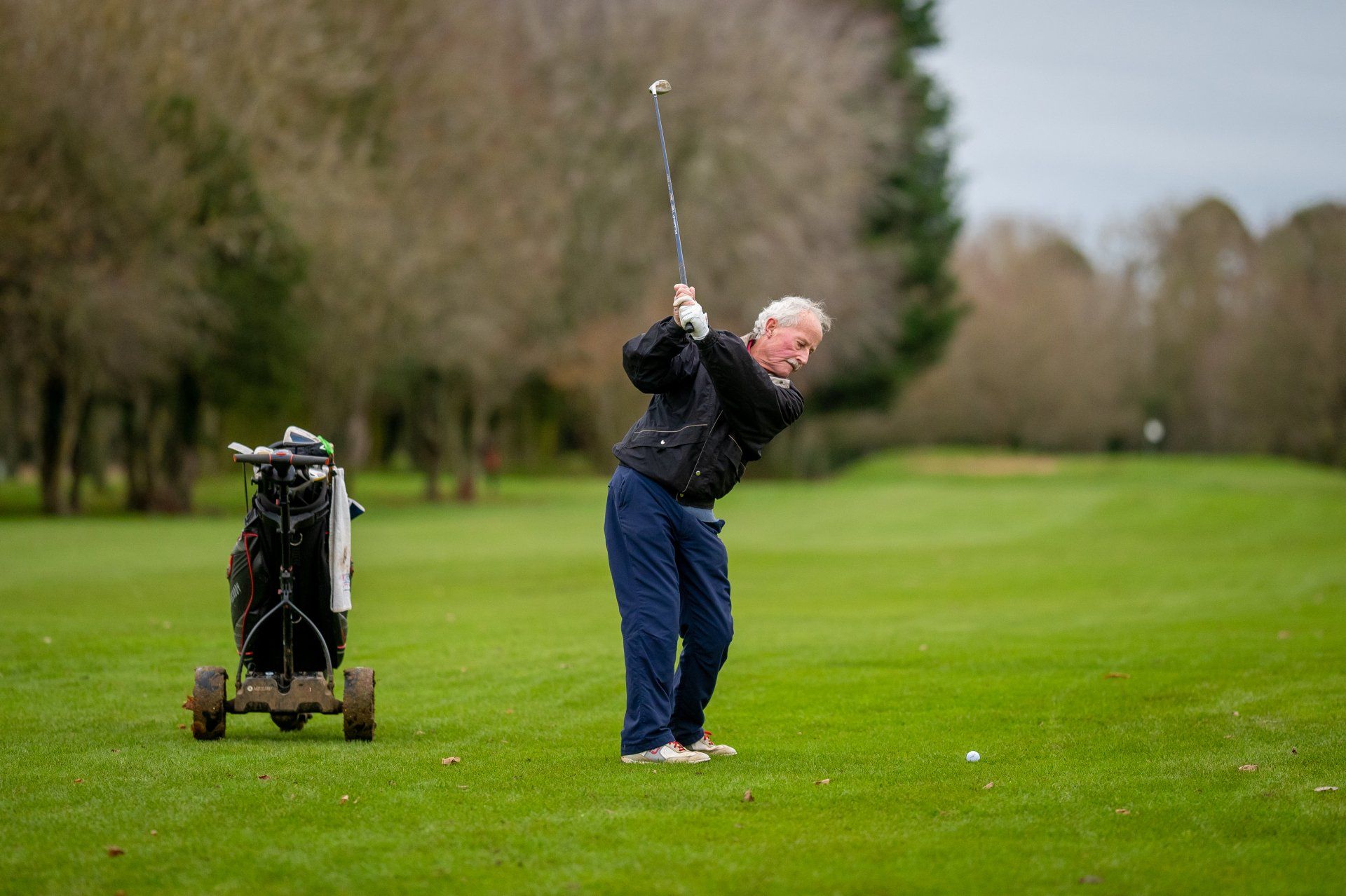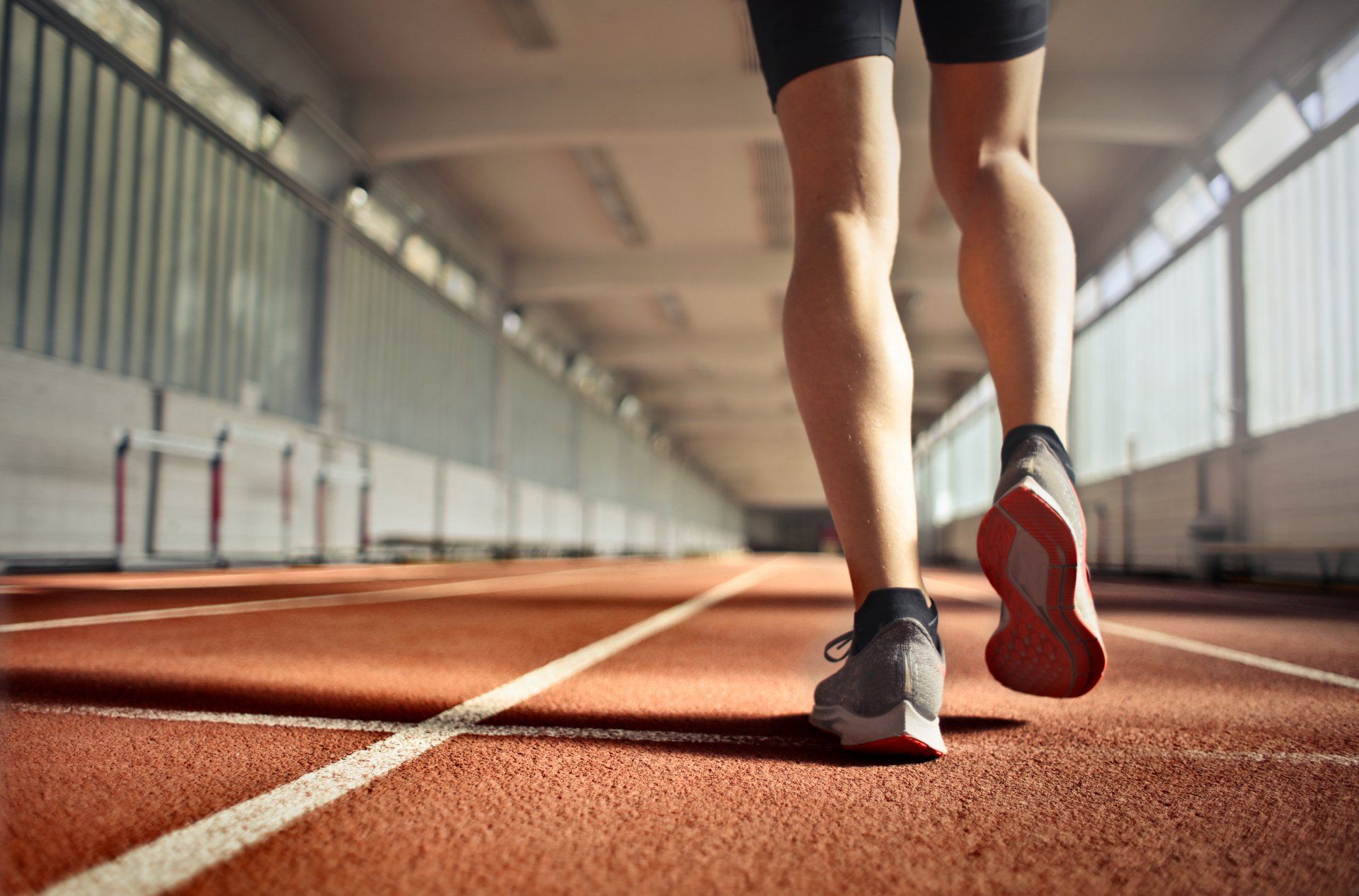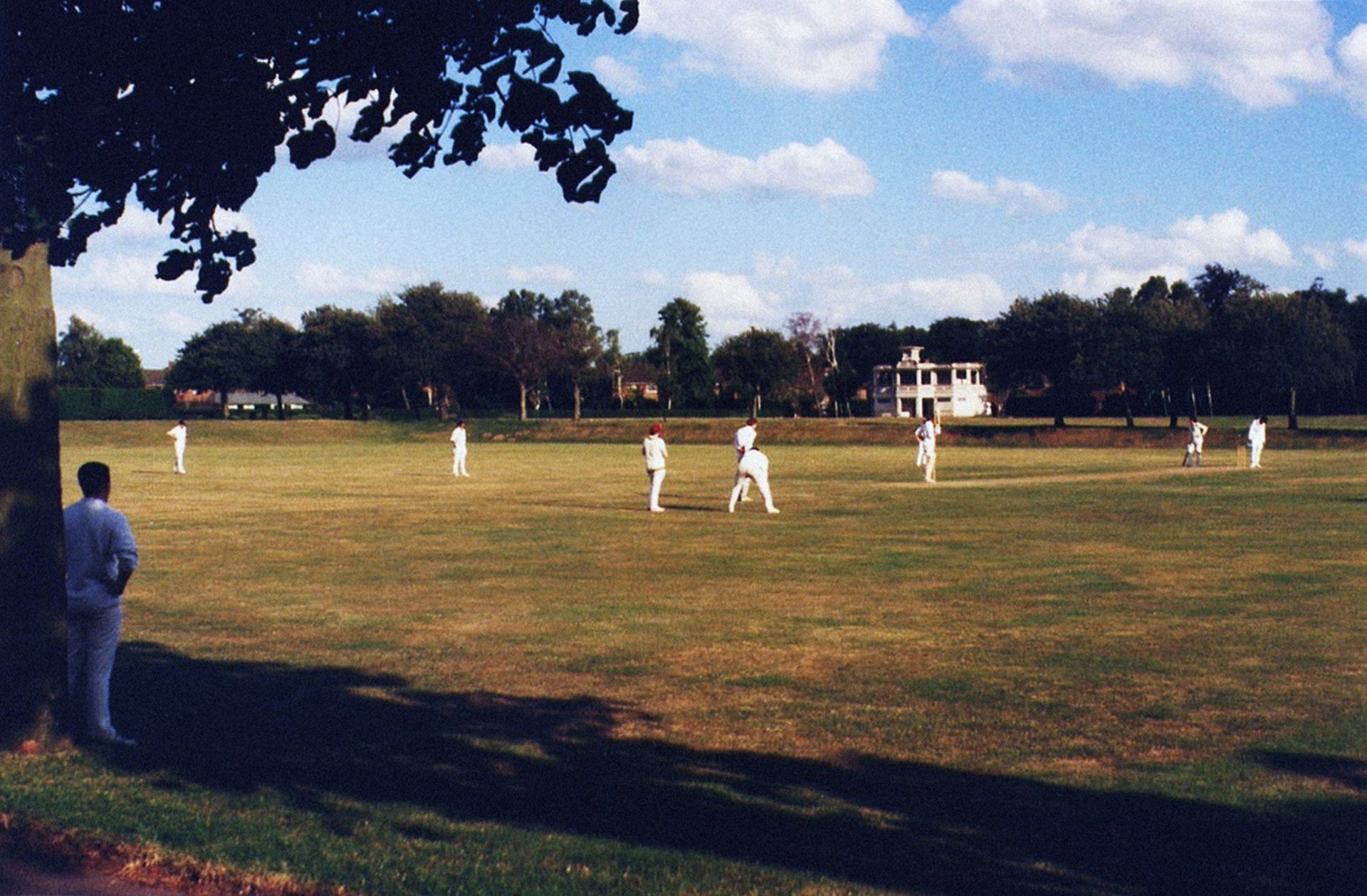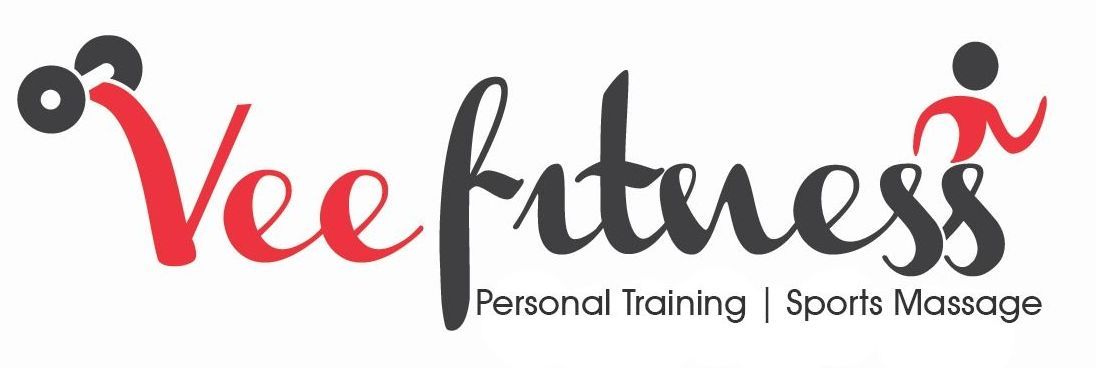How to Prepare Your Body for an Endurance Event
Training for an endurance event, whether it’s a half-marathon, triathlon, or long-distance cycling challenge, demands consistent effort and smart recovery. While training builds endurance, it also causes muscle fatigue, tightness, and micro-injury that can impact performance.
At Vee Fitness Sports Massage in Hendon, we help athletes and recreational runners prepare their bodies safely and effectively. Here’s what the science says about how to prepare your body for endurance training and how massage can support you every step of the way.
1. Why Recovery Matters for Endurance Training
Endurance training involves repetitive, high-volume movements that stress muscles, joints, and connective tissues. Without adequate recovery, this stress accumulates and leads to fatigue, decreased performance, and potential overuse injuries.
A meta-analysis of recovery interventions found that massage is one of the most effective methods to reduce delayed onset muscle soreness (DOMS) and perceived fatigue after exercise (1).
Similarly, another large review confirmed that while massage does not directly enhance measurable performance outcomes (such as sprint times), it improves flexibility and short-term muscle recovery — both key factors in endurance performance (2).
2. When to Schedule Massage in Your Training Cycle
Timing matters when it comes to sports massage. Strategic scheduling helps you recover faster, reduce injury risk, and maintain training intensity.
- During training blocks: Massage every 1–2 weeks can help prevent tightness from building up.
- After long runs or intense sessions: A gentle recovery massage within 24–48 hours aids tissue repair and reduces soreness (3).
- Before an event: A lighter, stimulating massage 2–3 days before a race helps loosen muscles without causing post-massage soreness.
- After an event: A recovery massage 24–72 hours post-race can accelerate healing and reduce stiffness.
Massage helps manage muscular tension, improve circulation, and promote the parasympathetic response — encouraging relaxation and better sleep, which are essential for full recovery (4).
3. Massage Techniques That Support Endurance Athletes
At our Hendon sports massage clinic, we often use a combination of techniques tailored to your training phase:
- Effleurage and petrissage: To enhance circulation and remove metabolic waste.
- Myofascial release: To improve tissue mobility and elasticity.
- Trigger point therapy: To address localised areas of tightness or referred pain.
- Active release techniques: To restore full range of motion in overworked muscles.
Evidence supports these methods for improving muscle flexibility, decreasing pain perception, and reducing markers of muscle damage (5)(6).
4. Combine Massage with Evidence-Based Recovery Habits
Massage is most effective when paired with a holistic recovery strategy:
- Sleep: Aim for 7–9 hours per night; deep sleep stages promote growth hormone release critical for tissue repair (7).
- Nutrition: Post-exercise meals rich in protein and carbohydrates enhance glycogen replenishment and muscle recovery.
- Hydration: Rehydrate with electrolytes to maintain blood volume and nutrient delivery.
- Active recovery: Light aerobic sessions, foam rolling, and mobility work between training days promote circulation without adding stress.
Combining these strategies with regular sports massage produces the best recovery outcomes (8).
5. Common Mistakes Before a Race
Even experienced athletes can make recovery errors leading up to race day:
❌ Getting a deep-tissue massage the day before a race — this may cause temporary soreness.
✅ Instead, opt for a lighter, flushing massage 2–3 days before to optimise tissue readiness.
❌ Skipping hydration or neglecting rest during taper week.
✅ Prioritise sleep, nutrition, and gentle movement instead of hard training sessions.
A structured pre-event recovery plan helps ensure you arrive at the start line fresh and injury-free.
Endurance performance depends as much on recovery and preparation as on the miles you log in training.
At Vee Fitness Sports Massage in Hendon, we specialise in helping athletes and runners optimise their preparation with targeted massage, mobility coaching, and personalised recovery plans. Whether you’re training for your first 10K or a full marathon, our evidence-based approach helps you train smarter — not just harder.
Book your Hendon sports massage today and get your body race-ready.
References:
1) Poppendieck, W., et al. (2016). Massage and performance recovery: a meta-analytical review. British Journal of Sports Medicine, 50(18), 1292–1301. https://doi.org/10.1136/bjsports-2015-095357
2) Guo, J., et al. (2020). Effects of massage on delayed onset muscle soreness and recovery of muscle function: a systematic review and meta-analysis. Frontiers in Physiology, 11, 1228. https://pubmed.ncbi.nlm.nih.gov/32426160/
3) Weerapong, P., et al. (2005). The mechanisms of massage and effects on performance, muscle recovery and injury prevention. Sports Medicine, 35(3), 235–256.
4) Arroyo-Morales, M., et al. (2011). Psychophysiological effects of massage after exercise. Journal of Strength and Conditioning Research, 25(2), 532–539.
5) Crane, J. D., et al. (2012). Massage therapy attenuates inflammatory signaling after exercise-induced muscle damage. Science Translational Medicine, 4(119), 119ra13.
6) Shojaei, M., et al. (2024). Effects of sports massage on muscle performance and recovery: a systematic review and meta-analysis. Journal of Bodywork & Movement Therapies, 38, 100–113.
7) Fullagar, H. H. K., et al. (2015). Sleep and athletic performance: the effects of sleep loss on exercise performance and recovery. Sports Medicine, 45(2), 161–186.
Dupuy, O., et al. (2018). An evidence-based approach for choosing post-exercise recovery techniques to reduce markers of muscle damage, soreness, fatigue, and inflammation: a systematic review with meta-analysis. Frontiers in Physiology, 9, 403.

